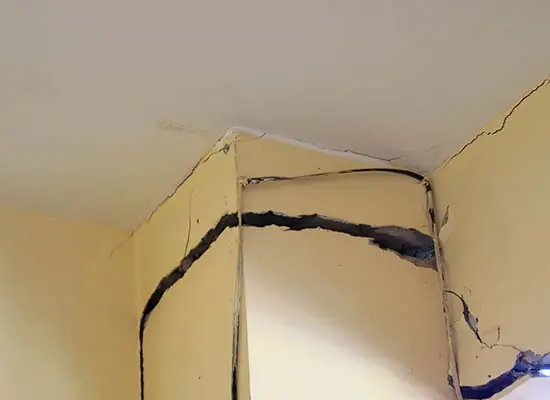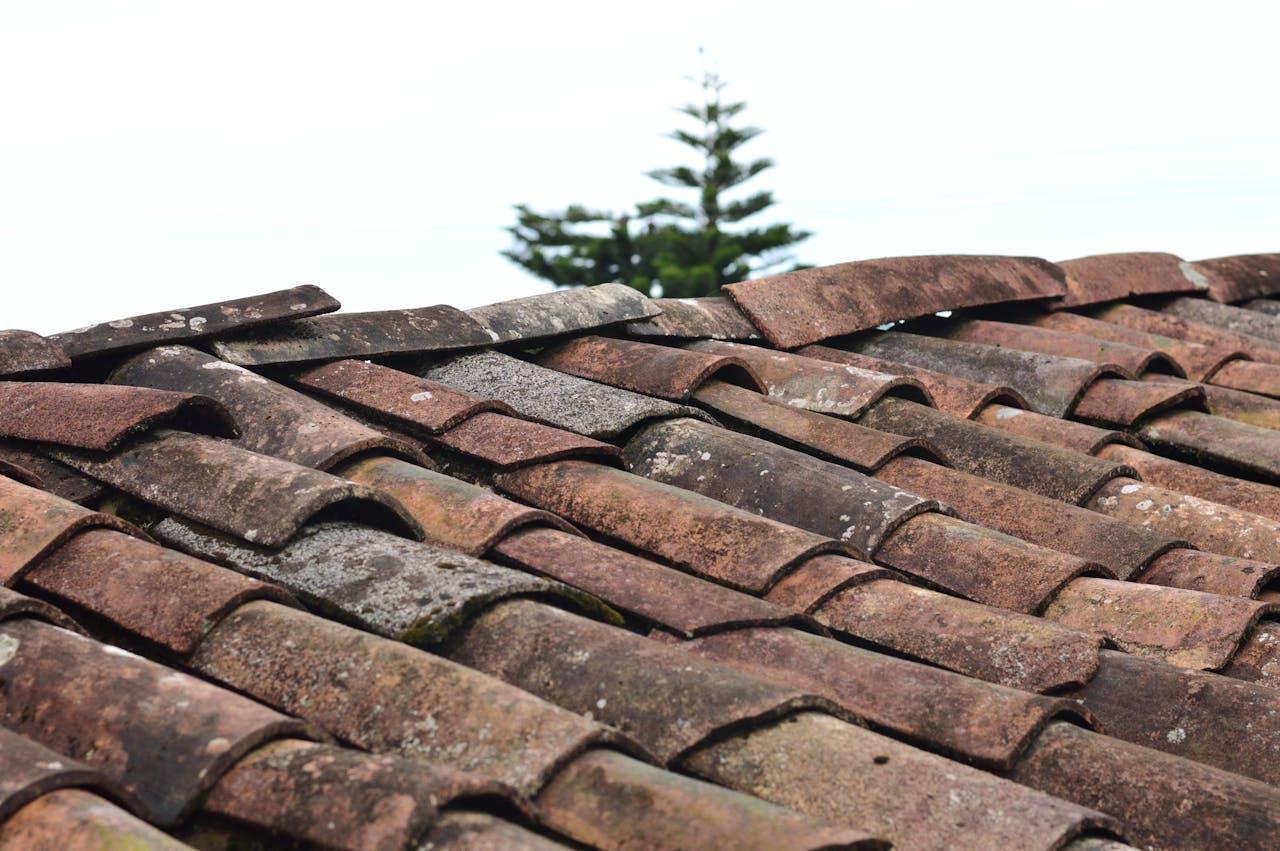Have you ever ignored a small home issue, only to have it turn into a costly headache? A tiny leak becomes water damage, or a few missing shingles lead to a full roof repair. Homes don’t stay in perfect condition forever—they need regular care.
In Portland, where rain, wind, and shifting temperatures put homes to the test, small problems can quickly become major ones. Moisture creeps into cracks, roofs take a beating, and neglected repairs can hurt home value. Staying ahead of maintenance isn’t just smart—it’s essential.
In this blog, we will share key warning signs that your home needs immediate attention before minor issues turn into expensive disasters.
The Silent Warning Signs of Home Damage
Not all home issues announce themselves with a dramatic burst pipe or a collapsed ceiling. Many start quietly, slowly worsening until they can no longer be ignored. One of the most overlooked but critical areas of concern is the roof.
A damaged roof doesn’t always show obvious signs until it’s too late. Sometimes, the first clue is a small water stain on the ceiling, a musty smell in the attic, or shingles that have mysteriously disappeared after a storm. Roof issues often develop slowly, but when they fail, they fail dramatically.
In a city like Portland, where rain is practically a personality trait, roof maintenance is not something to take lightly. Homeowners here know that a leaky roof isn’t just an inconvenience—it can lead to mold, structural damage, and thousands of dollars in repairs. That’s why working with a reliable Portland roofing contractor is one of the smartest things you can do if you suspect a problem. A professional can assess damage before it turns into an emergency, ensuring your home stays dry and secure.
Structural Red Flags You Should Never Ignore
Some home issues are simply cosmetic—chipped paint, outdated fixtures, or worn-out carpets. While these can be annoying, they don’t affect the integrity of your home. Structural problems, on the other hand, are a different story. These issues can threaten your home’s safety, stability, and long-term value. Knowing the warning signs can help you address them before they turn into expensive repairs.
Cracks in Walls and Ceilings: Harmless or a Warning Sign?

A small crack in the wall might not seem like a big deal. After all, homes naturally settle over time. But not all cracks are created equal. Some can indicate shifting foundations, which can cause serious structural damage if left unaddressed.
- Hairline cracks are common and usually caused by normal settling. These are often found in drywall and aren’t a cause for concern.
- Diagonal or stair-step cracks running along walls or bricks could indicate foundation movement. These need a professional inspection.
- Large, widening cracks or those that appear suddenly can signal serious structural issues. These may suggest that your home is shifting unevenly, putting stress on walls and support beams.
If you notice any of these signs, keep an eye on them. If cracks grow longer or wider over time, it’s time to call in a structural expert.
Sticking Doors and Windows: A Sign of Trouble
Have you noticed that a door that used to swing open easily now gets stuck? Or that windows suddenly won’t close properly? It might not be bad hinges—it could be a sign that your home is shifting in ways it shouldn’t.
- Doors that don’t latch properly could mean your foundation is settling unevenly.
- Windows that won’t shut fully may be caused by shifting frames due to structural movement.
- Gaps between door frames and walls suggest your home is shifting, leading to misalignment.
While minor adjustments can fix small alignment issues, widespread or worsening problems could indicate foundation trouble that requires professional attention.
Water Damage: A Slow but Serious Threat
Water is one of the biggest threats to a home’s structure. Even a small, unnoticed leak can lead to costly repairs if ignored. Water weakens materials, invites mold growth, and can cause electrical hazards.
Signs of water damage include:
- Water stains on walls or ceilings – These often indicate roof leaks, plumbing issues, or moisture buildup behind walls.
- Peeling or bubbling paint – Moisture trapped beneath paint can cause it to separate from the wall.
- Musty odors or mold growth – A damp, stale smell can be a sign of hidden leaks and mold infestations.
Finding the source and fixing it quickly can save you from expensive repairs.
Sagging or Uneven Floors: A Hidden Danger
Floors should feel solid when you walk on them. If they don’t, something is off. A soft, sagging, or uneven floor can point to serious underlying problems.
- Sinking or sloping floors may indicate foundation damage or structural settling.
- Soft or spongy areas suggest moisture damage, rot, or termite infestation in the subfloor.
- Creaking or bouncing floors could mean weakened joists or structural wear over time.
If your floors don’t feel right, a professional inspection can determine whether the issue is a simple fix or a sign of deeper structural problems.
The Hidden Costs of Ignoring Repairs
It’s easy to ignore small repairs when they don’t seem like a big deal. But little problems can turn into expensive fixes before you know it. A leaky faucet might just be annoying at first, but over time, it can waste a lot of water and raise your bill. A small crack in a window might not look like a problem, but it can let in cold air, bugs, and moisture, making your home less comfortable and your heating system work harder.
Delaying home maintenance doesn’t just cost money—it can impact your quality of life. A poorly insulated home is harder to keep warm in the winter and cool in the summer. Electrical issues can lead to power outages or even fire hazards. And let’s not forget the stress of dealing with emergency repairs that could have been prevented with regular maintenance.
Ignoring problems also hurts resale value. Buyers today are more informed than ever, and a home with obvious maintenance issues will raise red flags during inspections. Taking care of repairs as they arise not only makes your home safer and more comfortable but also ensures you’re not hit with costly surprises when it’s time to sell.
All in all, your home is more than just a place to live—it’s an investment, a shelter, and a space that should provide comfort and security. The key to keeping it that way is paying attention to the warning signs before they turn into expensive emergencies.

